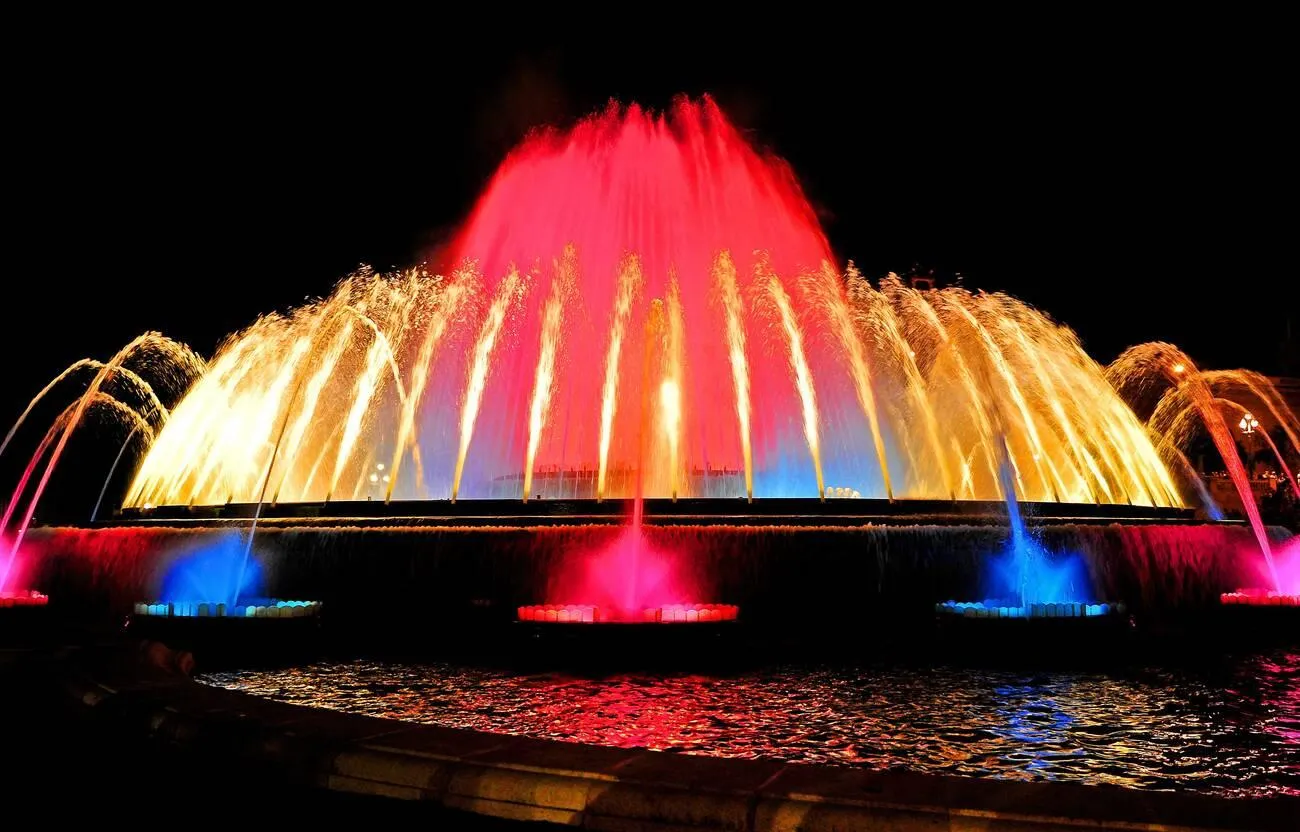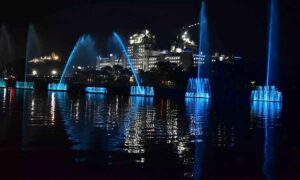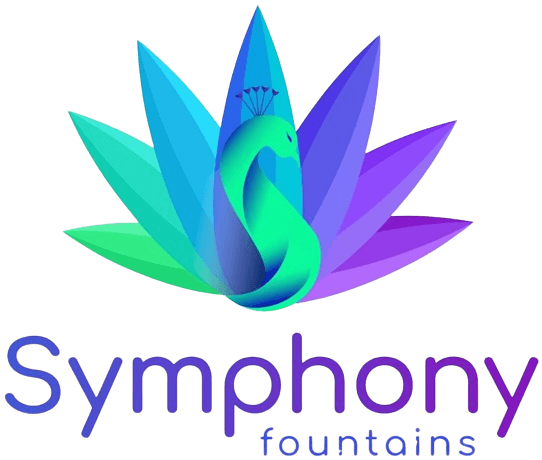Knowledge Center Blogs
Waterfall Bridge: A Stunning Architectural Waterscape
Introduction: A New Era of Bridge Design with Waterfalls
Have you ever walked across a bridge and marveled at the beauty of cascading water spilling over the edges? The sight of a waterfall on a bridge is not only captivating but also adds a dynamic, architectural element that elevates the entire space. In recent years, incorporating waterfalls into bridge designs has become a popular trend in urban landscapes and public spaces. These architectural water features combine natural beauty with engineering precision, turning everyday structures into works of art.
But what makes a waterfall on a bridge so special? How can designers create the perfect blend of function and aesthetics while incorporating such a feature? In this blog, we will explore the fascinating world of bridge waterfalls, how they work, and the role they play in modern architecture. If you’re interested in learning how to integrate a stunning waterfall into your next bridge design, keep reading.
What Is a Waterfall on a Bridge?
A waterfall on a bridge is a water feature integrated into the design of a bridge, where water flows in a cascading manner over the edges or through architectural elements built into the bridge structure. These bridge waterfalls can vary in size and complexity, from simple cascading water features to more elaborate displays involving water jets, lighting, and sound.
The beauty of a bridge waterfall lies in its ability to transform a functional structure into a visually striking focal point. Whether it’s a small pedestrian bridge in a park or a large-scale feature in an urban plaza, the integration of water adds a sense of tranquility and spectacle to the space. The interaction between water, light, and the surrounding landscape creates a stunning architectural waterscape that attracts both locals and tourists alike.
Key Benefits of Waterfalls on Bridges:
- Aesthetic Appeal: A waterfall can elevate the beauty of any bridge, transforming it into a landmark.
- Soundscape: The soothing sound of flowing water enhances the sensory experience of the surrounding environment.
- Environmental Impact: Eco-friendly design options, such as sustainable waterfall designs, can be implemented to conserve water and energy.

How Does Waterfall Engineering Work on Bridges?
The integration of a waterfall feature for bridges involves a unique blend of engineering, design, and technology. Here’s a closer look at how these bridge water features come to life:
- Waterfall Design for Bridges
- Waterfall engineering involves the careful consideration of water flow, structural integrity, and aesthetic design. Engineers ensure that the bridge is capable of withstanding the weight and pressure of the water, while designers focus on creating an attractive and harmonious water display.
- Water jets, strategically placed along the bridge, allow water to cascade in varying patterns and directions. The integration of water and bridge aesthetics is key to achieving the perfect balance between form and function.
- Water and Bridge Aesthetic Design
- The design of the waterfall and bridge integration is an important part of the project. Engineers and designers collaborate to ensure the water feature aligns with the bridge’s overall design, whether it’s a modern, minimalist bridge or a classical structure. Bridge water feature technology can incorporate innovative design elements like glass walls, metal sculptures, or stone carvings that allow water to flow gracefully over the structure.
- Synchronized Water Display
- Many bridge waterfalls now feature dynamic water effects. With the help of fountain performance software, these features can synchronize the flow of water with lighting and sound, creating multimedia water shows. This turns the bridge into an interactive, multisensory experience for those who visit.
- Waterfall Cascades on Bridges
- The waterfall cascades on bridges can take many forms, from a gentle stream of water flowing down the sides of a pedestrian bridge to a powerful cascade over a highway overpass. The design is tailored to fit the specific requirements of the location, creating an awe-inspiring view that enhances the landscape.
The Role of Water Features in Urban Design
Incorporating a waterfall in urban architecture is becoming a key aspect of modern city planning. Water features on bridges are not only visually appealing but also serve several functional and environmental purposes:
- Enhancing Public Spaces
- A water display for bridge design serves as both an artistic feature and a functional element in public spaces. These water features help create welcoming environments for pedestrians, cyclists, and visitors, making the bridge more than just a pathway – it becomes a place to relax, observe, and enjoy.
- Promoting Sustainability
- Sustainable waterfall design for bridges focuses on eco-friendly materials and energy-efficient technologies. Many modern waterfalls incorporate recycling water systems to minimize waste, using the same water repeatedly in the display. The use of low-energy pumps and LED lighting ensures that these waterfalls are both energy-efficient and environmentally responsible.
- Tourism and Landmark Status
- Bridges with waterfalls often become tourist attractions, drawing visitors from around the world. A spectacular waterfall feature can turn an ordinary bridge into a landmark, increasing the foot traffic and economic activity in the area. Bridges with waterfalls for public spaces provide both beauty and cultural value to cities and towns.
Waterfall Features for Different Types of Bridges
Not all bridges are the same, and neither are their waterfall features. Depending on the bridge type and location, the design of the bridge waterfall can vary greatly:
- Pedestrian Bridges with Waterfalls
- In parks or recreational areas, bridge waterfalls for landscaping add a serene and peaceful atmosphere. These smaller bridges allow pedestrians to enjoy the view of the waterfall up close, making it a popular spot for photography or relaxation.
- Vehicular Bridges with Waterfalls
- Larger urban bridge waterfalls can be integrated into roads, highways, or river crossings. The water display can serve as a visually dramatic entrance to a city or district, while also offering environmental benefits by improving air quality and reducing noise pollution through the sound of flowing water.
- Suspension Bridges and Water Features
- Suspension bridges provide a dramatic setting for waterfall integration with modern architecture. With their towering supports and expansive design, these bridges can support larger, more intricate water displays, creating a jaw-dropping visual impact for passersby.
- Custom Bridge Waterfalls
- Every bridge is unique, and some projects require custom bridge waterfalls that are designed specifically for the structure’s size, location, and aesthetic. Whether it’s a contemporary design or a classic aesthetic, these custom installations can elevate the bridge to a new level of artistic expression.

Symphony Fountains: Experts in Designing Bridge Water Features
At Symphony Fountains, we have over 15 years of expertise in designing and installing stunning water features for public and private spaces, including waterfalls on bridges. Our team excels in blending creative vision with engineering precision to create awe-inspiring architectural waterscapes.
Whether you are looking to design a bridge waterfall for a park, a city center, or an iconic landmark, Symphony Fountains has the knowledge and experience to bring your vision to life. From dynamic water effects to water and light synchronization, we specialize in creating customized waterfall features for bridges that become stunning focal points in any landscape.
With our waterfall engineering expertise and cutting-edge technology, we ensure that your bridge water features not only enhance the aesthetic appeal but also stand the test of time.
Contact us today to learn how Symphony Fountains can help you transform your next bridge project with a spectacular waterfall on a bridge.
We are ready to expand our services in the cities Albania, Andorra, Armenia, Austria, Azerbaijan, Belarus, Belgium, Bosnia and Herzegovina, Bulgaria, Croatia, Cyprus, Czech Republic, Denmark, Estonia, Finland, France, Georgia, Germany, Greece, Hungary, Iceland, Ireland, Italy, Kazakhstan, Kosovo, Latvia, Liechtenstein, Lithuania, Luxembourg, Malta, Moldova, Monaco, Montenegro, Netherlands, North Macedonia, Norway, Poland, Portugal, Romania, Russia, San Marino, Serbia, Slovakia, Slovenia, Spain, Sweden, Switzerland, Turkey, Ukraine, United Kingdom, Vatican City.








